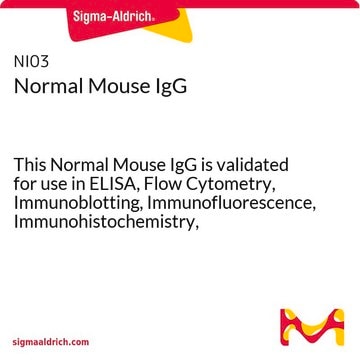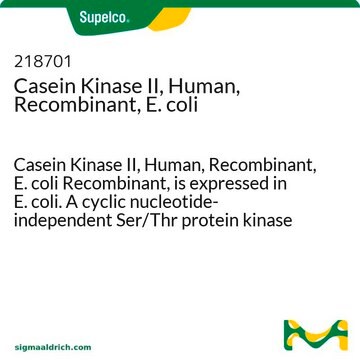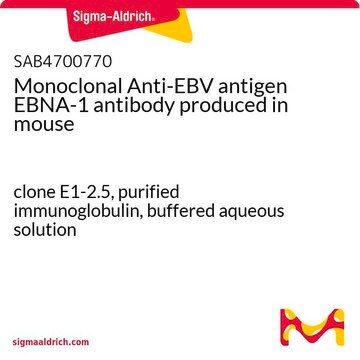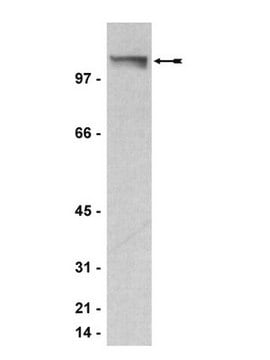Opis ogólny
Poliproteina genomowa (UniProt: Q32ZE1) ze szczepu wirusa Zika Mr 766 jest białkiem o dużej masie cząsteczkowej. Białka powierzchniowe wirusa Zika są ułożone w symetrii przypominającej dwudziestościan. Przyłączenie białka otoczki wirusowej E do receptorów gospodarza pośredniczy w internalizacji do komórki gospodarza poprzez mimikrę apoptotyczną. Po fuzji błony wirusa z błoną endosomalną gospodarza, genom RNA jest uwalniany do cytoplazmy. Składniki poliproteinowe obejmują homodimeryzację białka C i odgrywają rolę w pączkowaniu wirusa poprzez wiązanie się z błoną i gromadzenie wirusowego RNA w nukleokapsydzie, który tworzy rdzeń dojrzałej cząsteczki wirusa. Peptyd Pr zapobiega przedwczesnej fuzji białek otoczki w trans golgim poprzez wiązanie się z białkiem otoczki E (przy pH 6,0). Peptyd PrM służy jako przyzwoitka dla białka otoczki E podczas wewnątrzkomórkowego montażu wirionu. Poliproteina ma również ukierunkowaną na RNA polimerazę RNA NS5, która replikuje wirusowy (+) i (-) genom i metyluje wirusową czapeczkę RNA w pozycjach guaniny N-7 i rybozy 2 -O. Białko niestrukturalne 1 może tworzyć homodimery i homoheksamery, jest zaangażowane w unikanie odporności, patogenezę i replikację wirusa, a białko niestrukturalne 2A funkcjonuje w montażu wirionów i antagonizuje odpowiedź immunologiczną gospodarza. Białko niestrukturalne 2B jest niezbędne dla funkcji proteazy serynowej NS3. Proteaza serynowa NS3 ma trzy różne aktywności enzymatyczne - proteazę serynową, NTPazę i helikazę RNA. Niestrukturalne białko 4A wirusa reguluje aktywność ATPazy helikazy NS3, podczas gdy niestrukturalne białko 4B hamuje indukowaną interferonem fosforylację STAT1 gospodarza i jego translokację jądrową. Peptyd 2k służy jako peptyd sygnałowy dla NS4B i jest wymagany do antagonizmu interferonu. Klon ZV-54 neutralizuje w różnym stopniu infekcję afrykańskimi, azjatyckimi i amerykańskimi szczepami wirusa Zika (Ref.: Zhao, H et al. (2016). Cell 166(4); 1016-27).
Specyficzność
Klon ZV-54 specyficznie wykrywa białko otoczki wirusa Zika. Wiąże się z ektodomeną III i wykazuje wysokie powinowactwo (Kd = 7,9 nM) do wirusa Zika.
Immunogen
Szczepy wirusa Zika MR-766 i H/PF/2013
Zastosowanie
Analiza cytometrii przepływowej: Reprezentatywna partia wykryła wirusa Zika w zastosowaniach cytometrii przepływowej (Zhao, H., et. al. (2016). Cell. 166(4):1016-27).
Ten mysi przeciwciało monoklonalne przeciwko wirusowi Zika, klon ZV-54, nr kat. MABF2046 jest testowany do stosowania w Western Blotting, neutralizacji i cytometrii przepływowej w celu wykrycia białka otoczki wirusa Zika.
Research Category
Apoptosis & Cancer
Jakość
Evaluated by Western Blotting in recombinant Zika virus envelope protein.
Postać fizyczna
Format: Oczyszczony
Oczyszczone mysie przeciwciało monoklonalne IgG2a w PBS bez azydku.
Protein G purified
Przechowywanie i stabilność
Przechowywać przez 1 rok w temperaturze -20°C od daty otrzymania.
Inne uwagi
Stężenie: Należy zapoznać się z arkuszem danych dla konkretnej partii.
Oświadczenie o zrzeczeniu się odpowiedzialności
Unless otherwise stated in our catalog or other company documentation accompanying the product(s), our products are intended for research use only and are not to be used for any other purpose, which includes but is not limited to, unauthorized commercial uses, in vitro diagnostic uses, ex vivo or in vivo therapeutic uses or any type of consumption or application to humans or animals.
Ta strona może zawierać tekst przetłumaczony maszynowo.








